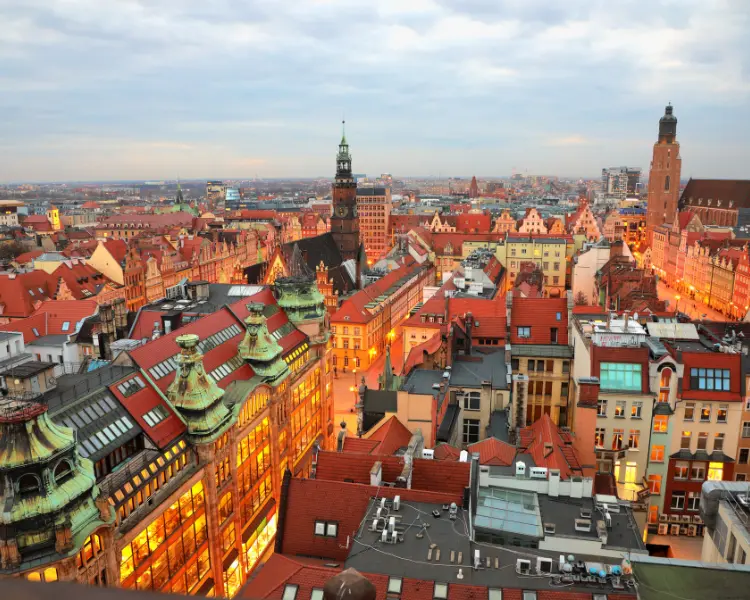RESTORATION IN PROGRESS
Donning hard hats and sturdy boots, scientists ventured into the charred remains of Notre Dame de Paris, the globally renowned cathedral. Just days prior, a fire had ravaged its attic, consuming its roof and toppling its spire into the sacred space below. Now, amidst the hushed stillness broken only by the fluttering of house sparrows, they encountered a scene of debris-strewn marble floors and the lingering scent of ash and smoke. However, amidst the devastation, there were signs of hope: orderly rows of rattan chairs, priceless paintings unscathed, and above the altar, a gilded cross presiding over the Pieta, offering solace.
For the scientists, summoned by France's Ministry of Culture to assess the damage and orchestrate a recovery plan, there was a palpable sense of relief. Aline Magnien, director of the Historical Monuments Research Laboratory (LRMH), articulated that while the roof and vault were significant, it was the sanctuary they shielded that mattered most - and it had been preserved. An electrical malfunction on April 15, 2019, had ignited the blaze, threatening to obliterate the 850-year-old structure. Yet, thanks to a meticulously executed rescue protocol, key artworks were salvaged in a strategic order, and efforts were made to minimize water damage to the stained glass windows.
However, the crisis was far from resolved. Over 200 tons of toxic lead from the roof and spire remained unaccounted for, posing a lingering threat. Moreover, the structural integrity of the cathedral was compromised, with the delicate equilibrium between its vault and flying buttresses in jeopardy, risking potential collapse.
Within the halls of LRMH, tasked with safeguarding France's national heritage, Magnien and her team employ a diverse array of disciplines, from geology to metallurgy, to assess the cathedral's condition comprehensively. Their objective is twofold: to prevent further deterioration and to provide guidance to engineers spearheading the monumental restoration effort.
President Emmanuel Macron's pledge to reopen Notre Dame by 2024 has galvanized a collaborative endeavor involving various governmental entities and substantial philanthropic commitments totaling around €1 billion. However, it is the researchers at LRMH who are at the forefront of the intricate process of salvaging materials and meticulously reconstructing the cathedral.
Located in the former stables of a 17th-century chateau in Champs-sur-Marne, the LRMH team operates amidst a historic backdrop, analyzing samples from France's most iconic monuments. In a space once dedicated to horse research, now repurposed for monumental conservation, the air is charged with purpose and urgency. Geologist Véronique Vergès-Belmin, heading LRMH's stone division, dons protective gear as she handles lead-contaminated samples, meticulously examining stones fallen from Notre Dame's vaulted ceiling.
These fallen stones offer vital clues about the condition of those still in place. By evaluating their color and weight, researchers can gauge the extent of heat exposure and water absorption, crucial factors in determining their structural integrity. While color assessment isn't an exact science, it provides a practical framework for identifying stones compromised by fire damage. Meanwhile, meticulous monitoring of the drying process offers insights into the stones' viability for reuse.
Amidst the quietude of the laboratory, a hive of activity ensues as researchers diligently work towards the restoration of one of France's most cherished landmarks, guided by expertise and determination.
In May of this year, the final waterlogged stones completed their drying process. Meanwhile, rain persisted on the roofless vault due to the inability to install a temporary cover, hindered by a tangled scaffold structure erected in 2018 for extensive renovations. Magnien emphasized the need for careful dismantling of the scaffolding, supported by the cathedral walls, to prevent a potential catastrophic collapse.
As the stones continue to dry, their shifting weights are likely to exert significant effects on the vault structure, as noted by geologist Lise Leroux. The additional weight disrupts the delicate equilibrium of forces, particularly when water freezes during winter, causing individual stones to expand or contract.
Following the fire, steel beams were installed above the vault to facilitate the removal of scaffolding and stabilize the structure. Leroux obtained a rappelling certification to inspect the vault closely and found the plaster coating mostly intact, effectively shielding many stones from fire and rain.
The removal of scaffolding was delayed by COVID-19 lockdowns but was eventually completed in November 2020, allowing interior restoration work to commence. The Grand Organ was dismantled and its pipes cleaned to eliminate lead dust residue from the fire. Subsequently, an 89-foot scaffold was erected to access the vaults, with interior reconstruction slated to begin in the latter half of 2021.
The fire at Notre Dame stirred both sorrow and anxiety among Parisians, who feared the dispersion of lead vapor from the roof and spire into nearby areas. However, scientific analysis led by metallurgist Aurélia Azéma suggests that the fire did not reach lead's vaporization temperature. Most of the lead melted and solidified within the structure, while some became airborne in microscopic nodules due to higher temperatures.
Concerns over lead contamination led to the decontamination of nearby schools, although the exact source of the lead remains uncertain. Despite efforts to mitigate lead exposure, significant amounts remain within Notre Dame, posing challenges for restoration.
Stringent safety measures, including mandatory protective gear and decontamination procedures, are enforced for individuals entering the cathedral. The Ministry of Culture has tasked researchers with finding a method to cleanse the cathedral of lead without causing harm. Various techniques, such as vacuuming, cotton pad cleaning, and laser treatments, are being employed depending on the surface material.
As the initial phase of urgent scientific work progressed, Notre Dame began gradually welcoming "second phase" researchers interested in examining its history and architecture, now revealed by the fire and accessible for study without the usual crowds of tourists. The Ministry of Culture and CNRS assembled a specialized team of approximately 100 researchers from various institutions. "We're categorizing these numerous fragments—some from our contemporary world, some from another, more ancient world—and it feels like we're conversing with the Middle Ages," remarked Dillmann.
Yves Gallet, an art historian at Bordeaux Montaigne University, supervises a team dedicated to investigating the stones still in position. Through meticulous photographic analysis, researchers aim to comprehend how 13th-century stonecutters devised and constructed the encasements supporting the four-story-wide rose windows.
The charred remains of attic timbers have narratives of their own to reveal. "Wood retains a complete record of its growth," explained Alexa Dufraisse, a CNRS researcher leading the wood analysis. Notre Dame's oak beams originated from the 12th and 13th centuries, a period of warmth. By correlating the growth ring data with historical economic conditions, researchers anticipate discerning how climate fluctuations impacted medieval society.
Throughout centuries marked by conflict and illness, Notre Dame has endured cycles of deterioration and rejuvenation. The LRMH scientists aspire that once the vaults and buttresses are restored, the lead accounted for, and the cathedral's history and resilience Throughout centuries marked by conflict and illness, Notre Dame has endured cycles of deterioration and rejuvenation. The LRMH scientists aspire that once the vaults and buttresses are restored, the lead accounted for, and the cathedral's history and resilience comprehended more profoundly than ever, the sorrow and loss associated with the fire will transform into joy and gratitude once again.
"There's an extraordinary solidarity among people rallying not only to salvage this monument but to glean wisdom from it," expressed Magnien. "Notre Dame will be resurrected! Its artwork, stone, and stained glass will be restored; it will shine even brighter and more beautiful than before.
"Notre Dame will emerge from this ordeal enriched. And so will we.”
A Skybound Forest's Renewal Journey
Over centuries, the roof of Notre Dame was fondly dubbed "the forest" due to its intricate network of oak beams. Following the devastating fire in 2019, which razed the roof entirely, approximately 2,000 oak trees are required to meticulously reconstruct it. Several nations, such as Germany, Slovenia, and the United Kingdom, offered trees for this endeavor. However, the overseeing body of Notre Dame's restoration opted to utilize solely French oak due to time constraints related to timber harvesting and drying.
In early March of this year, before the sap began to rise, foresters from the Office National des Forêts (ONF) felled the initial eight oaks in the Bercé Forest, situated 75 miles southwest of Paris. These exceptional trees, aged at 230 years old, boasting a three-foot diameter, and with over 66 feet of usable trunk, are earmarked for the reconstruction of Notre Dame's roof. Among them, five were required to be perfectly straight, while three needed a specific curvature essential for the spire's base.
The remaining trees are slated for harvesting throughout French forests this year. Upon felling, the wood is left exposed to the elements for several months to leach out tannins, followed by an additional 12 to 18 months of drying time. Once the wood's moisture content falls below 30 percent, the carpenters of Notre Dame can commence the rebuilding process, restoring this unique forest above the bustling streets of Paris.






























0 Comments